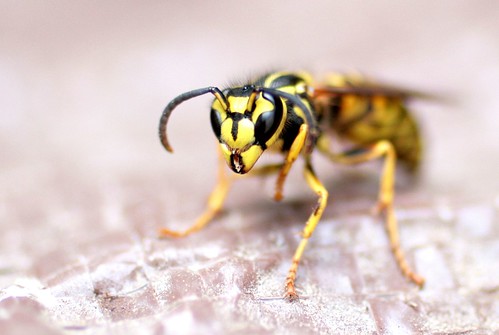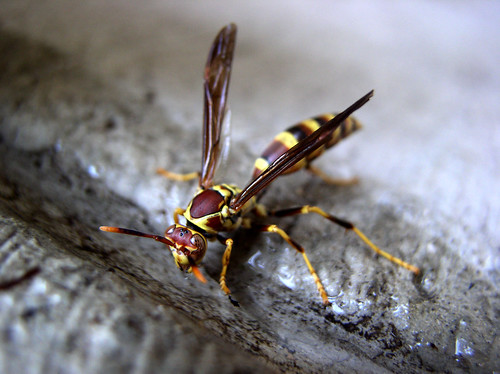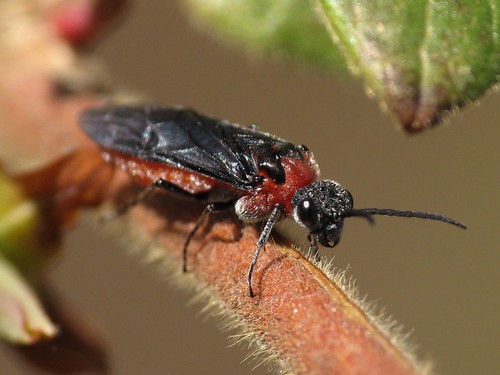The Importance of Organic Wasp Killers for Backyards
Wasps can be very beneficial.
However, wasps elicit fear in many people, especially those who are severely allergic to them. Painful to humans, a wasp’s sting can vary greatly in toxicity.
For those without an allergy to wasp stings, they will experience varying degrees of burning, itching, redness, tenderness, and swelling that may last up to a week. These reactions can be treated easily with ice, meat tenderizer, or other commercial topical ointments.
Others may have an allergic reaction. An allergic reaction can include a rash, hives, headache, minor respiratory symptoms, and upset stomach. These reactions can be treated with an over-the-counter antihistamine.
For those rare individuals, a wasp sting can cause anaphylactic shock (fainting, difficulty breathing, swelling, and blockage in the throat) within minutes of being stung. These systemic allergic reactions may cause a person to die unless treated immediately with an epinephrine injection and a subsequent visit to the hospital. For individuals with allergies, a wasp killer becomes an important line of defense whenever spending time outdoors.
Continue reading “An Organic Wasp Killer that Takes the Sting Out of the Great Outdoors”









